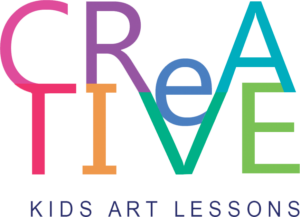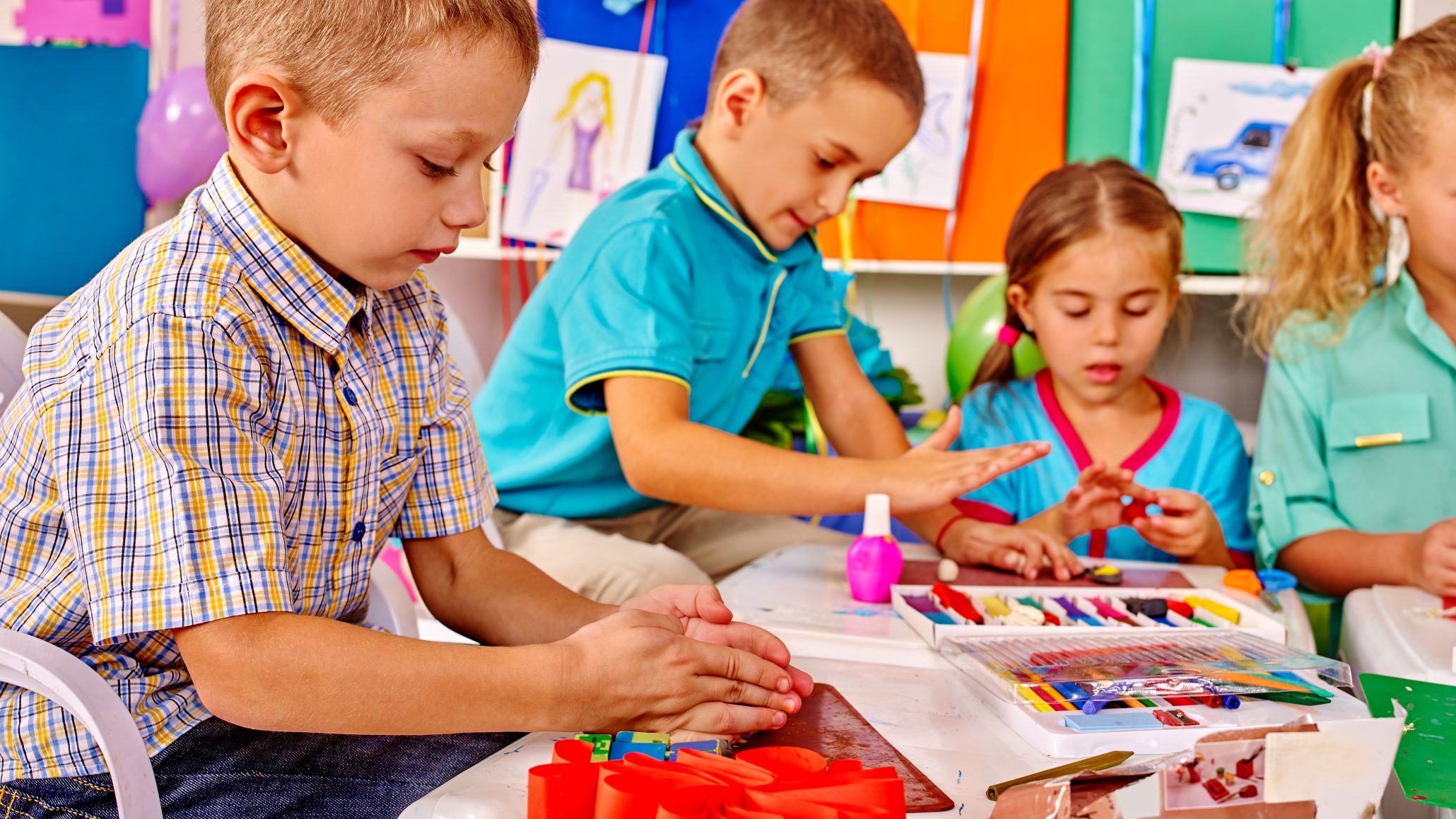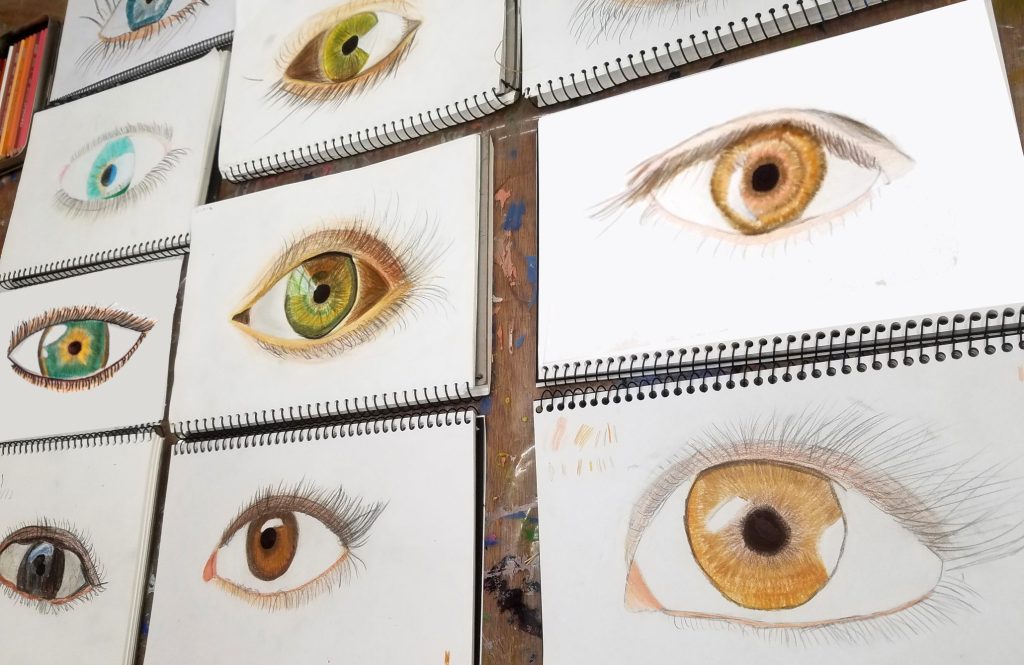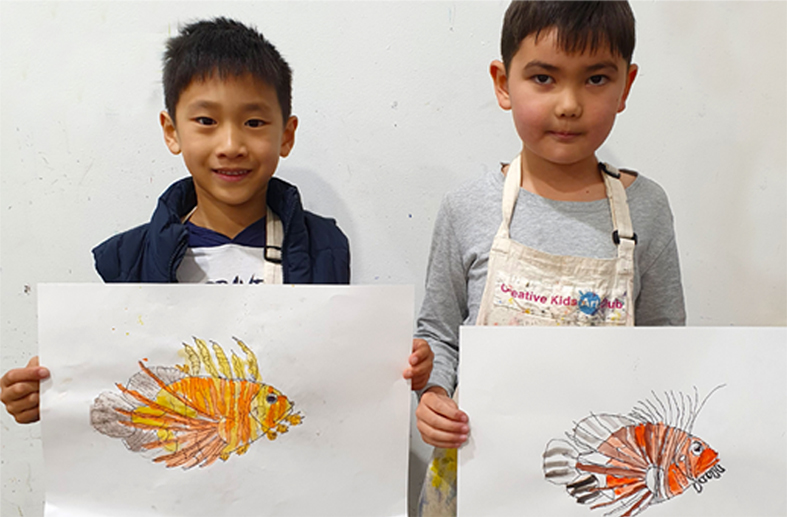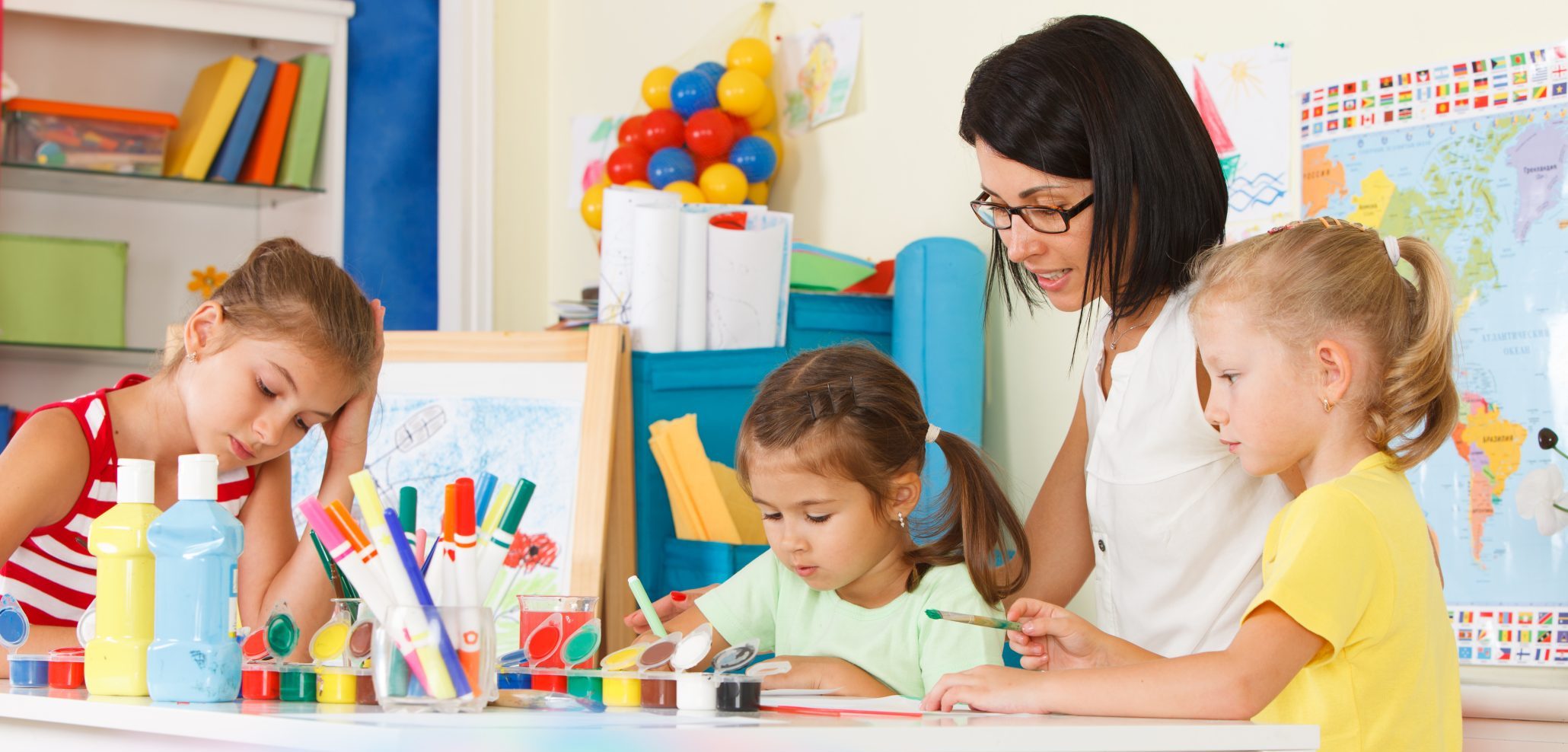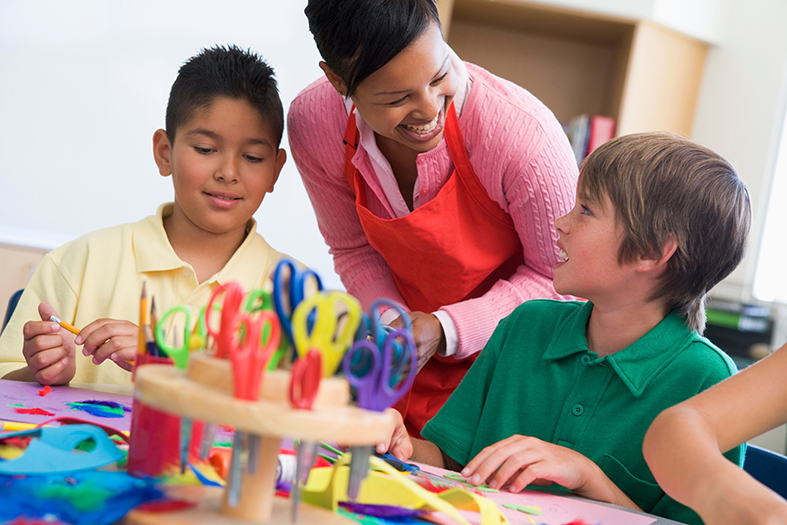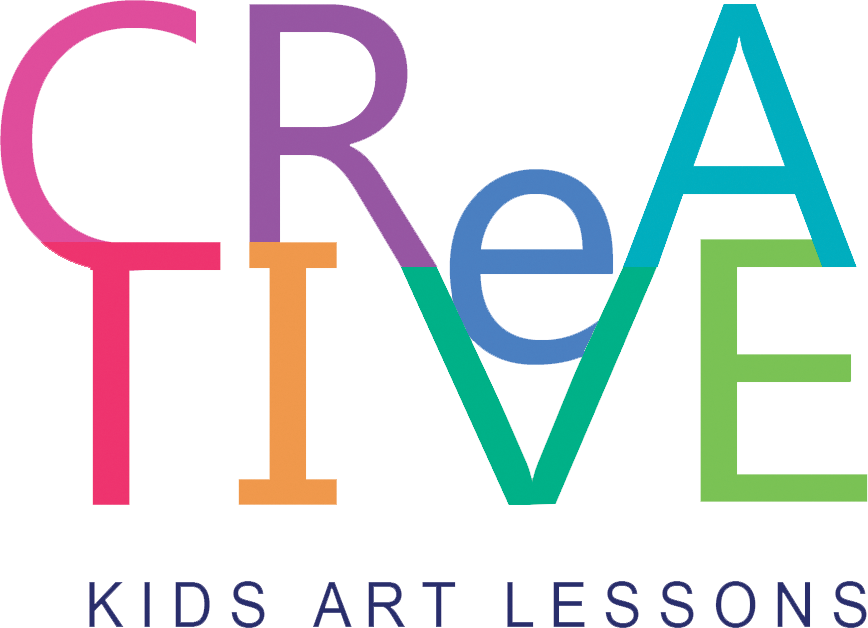Self-Awareness and Identity
Art lessons based on the self and personal exploration are engaging and beneficial for kids. They can increase self-awareness and kids can explore their thoughts and learn about themselves and their experiences. This can assist students in gaining a deeper understanding of themselves.
Creating art allows children to express themselves and when their effort is recognised it creates self-esteem. Recognition of self-based art projects reinforces that their thoughts and ideas are valued. Art is a visual medium and children may be able to express ideas and feelings more easily this way than verbally.
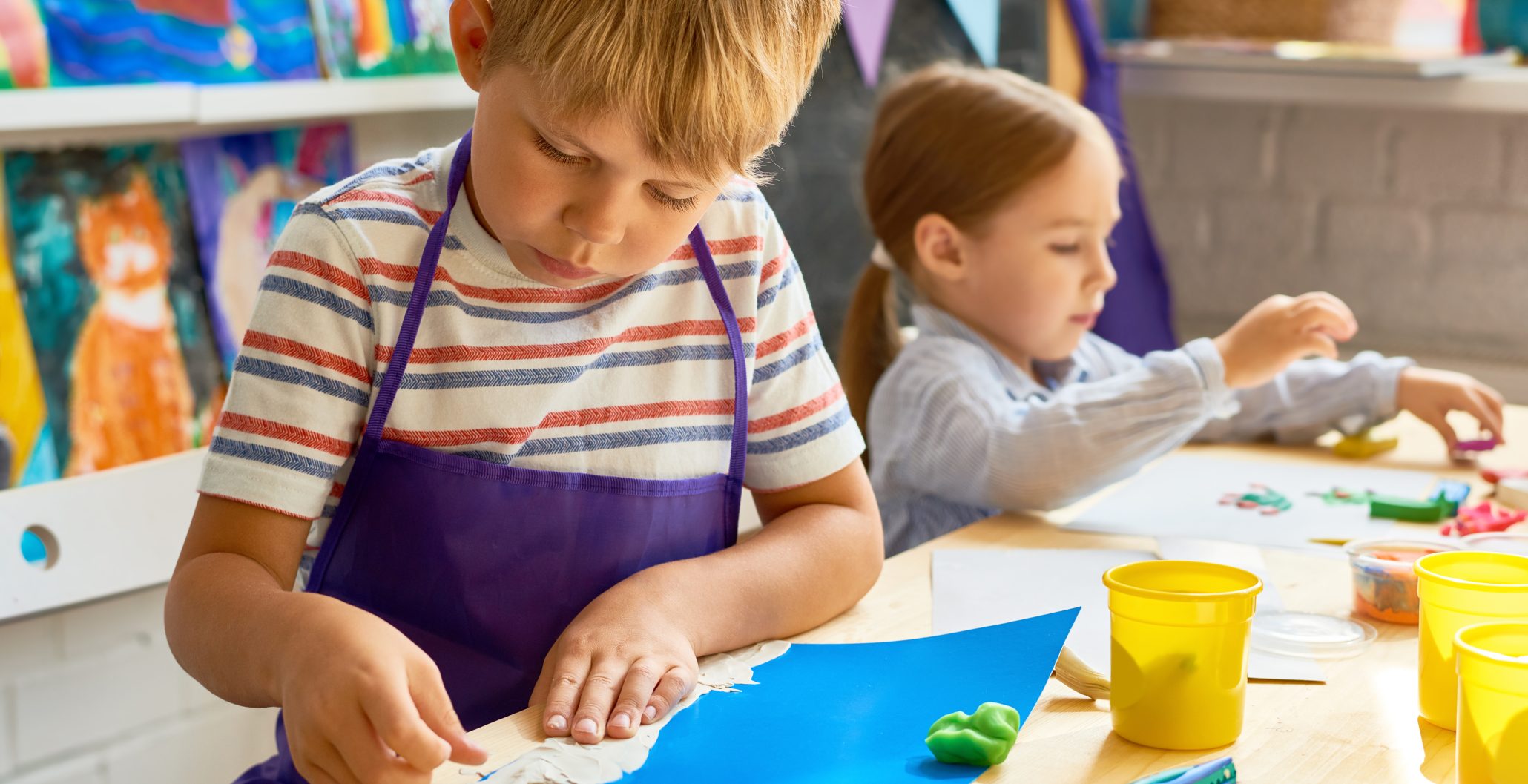
Engaging in art that is based on themselves helps children explore their identities, including their interests, values, beliefs, and cultural backgrounds. This exploration is essential for identity development and for forming a strong sense of self.
Perspective
What we are referring to here is not the arty type of perspective! When children create art based on their own experiences, they may gain insight into the experiences of classmates. This can foster the development of empathy in your classroom as kids consider different viewpoints and understandings of the world.
Portraying emotions in portraits helps children understand and empathize with the feelings of other kids. They learn to recognize facial expressions and interpret non-verbal cues, which can help in the development of emotional intelligence.
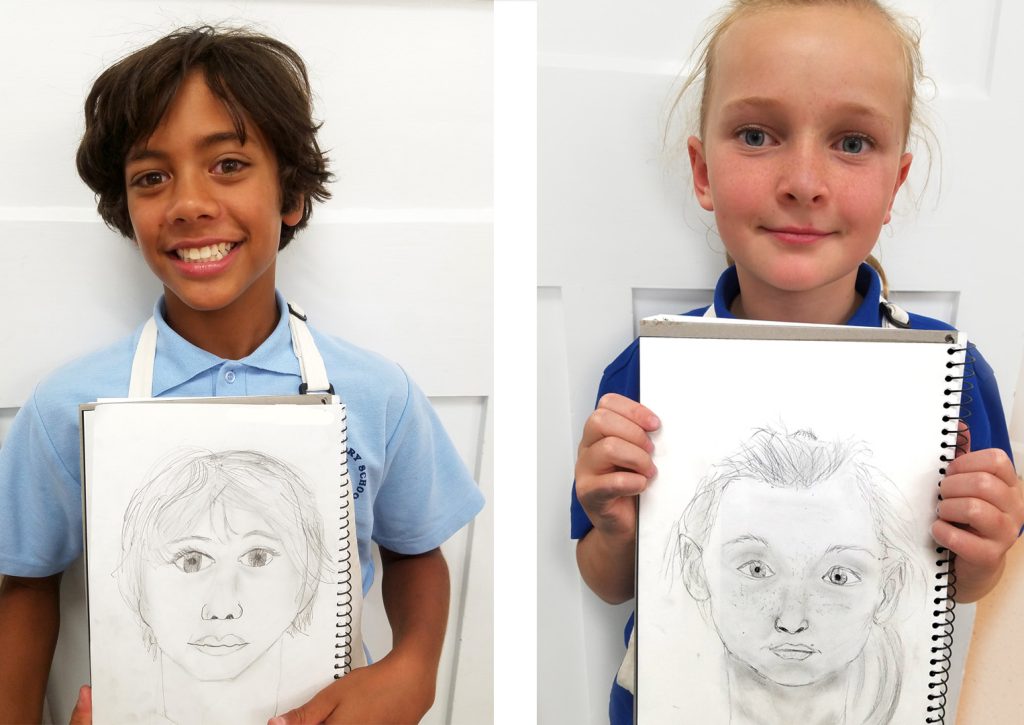
Portraits
Self-portraits are a fantastic way for children to explore their sense of self and build their identity. Some teachers love doing self-portraits at the beginning of the school year, as everyone is getting to know each other. Kids can learn about themselves and each other and the art activity fosters a sense of belonging in the classroom.
Children are changing and growing all the time so regular self-portraits allow children to document that change and help them to understand it.
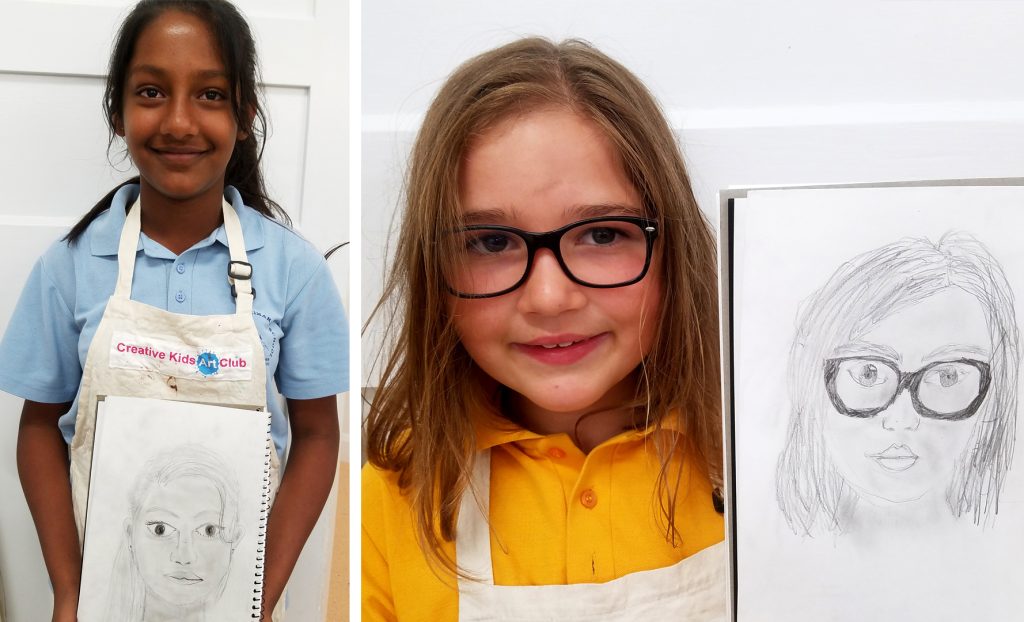
There are a wide range of skills involved in creating a portrait, the main one being observation. People’s faces are not symmetrical, and a person’s features can vary in size and shape from one side to the other. For example, it is not until you draw someone’s portrait that you will notice one ear is higher than the other!
With the older classes, to draw an effective portrait – around half of the time should be spent looking, really looking. Notice the features, their shape, their position on the face. Children learn about the facial features, proportions, and expressions. They learn to pay attention to detail and improve their ability to perceive subtle differences. It is definitely a skill that improves with practice.
These eye drawings were done by 9 and 10yr olds.
We recommend checking out the Wellbeing, All About Me and More About Me units on our website for art lesson plans that encourage students to delve deeper into their self discovery.
Latest Articles
Popular kids art lessons for teachers and ideas for the artroom
Sometimes Engaging upper primary boys in art class can be […]
The M+E Art Curriculum – Me and Environment As educators, one of […]
The Art Room Budget Work out what your total yearly […]
